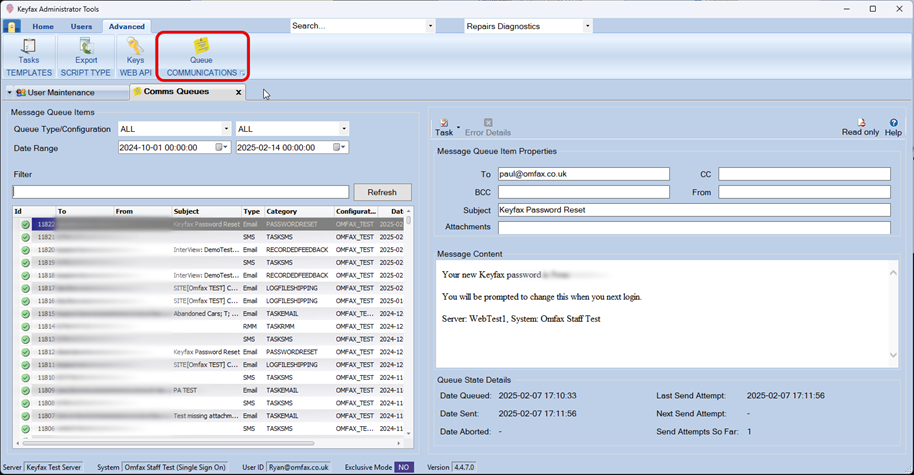10 July, 2016
Do Social Housing Tenants use Online Self-Service?
Do Social Housing Tenants use Online Self-Service?
The social housing sector has traditionally been somewhat ambivalent about using the internet to communicate with residents. One of the fundamental reasons has been an assumption that residents in this sector don’t use the web. However, that view can increasingly be consigned to history.
Official figures from the Office for National Statistics showed that 73 percent of households now have internet access, and 31 million people have bought or ordered goods or services online in the last 12 months. While there remains a significant section of the country that has never used the internet – particularly amongst older generations – younger adults are increasingly reliant on the web.
The business case for online self-service
Of course, usage statistics don’t provide the full story, and that social housing residents are still less likely to be online than their counterparts in privately-owned homes. This may be true now but even so, the business case remains compelling.
Put simply, if you knew of a way to cut the costs of a standard process in even a quarter of the times that process was used, there would be a strong business case for doing so. Well, it’s long been acknowledged that the cost of managing a transaction online is a fraction of what it costs to have a call handled in a contact centre.
Throw in the fact that the internet doesn’t need to sleep or require days off – so can provide a true 24×7 service – and the advantages of providing self-service tools and applications online become ever more apparent. Not only are costs potentially reduced, but service is also improved. And once self-service is set up, the benefits are then on-going.
A complementary channel
Looked at from a different angle, there’s also a potential gain in terms of contact centre service and productivity. Customer service advisors handle a number of simple transactions such as helping complete a simple form, or explaining how to reset a trip switch. Using online tools, the same task can be completed by the resident themselves and the skilled advisor is freed up to deal with others who want a personal contact and with more complex queries and issues.
There’s a crucial point to underline here: the internet should not be viewed as a replacement for the contact centre, but rather a complementary channel. In other areas of their lives, your residents are increasingly accustomed to being able to choose which channel they use to complete transactions or engage with suppliers or service providers. Sometimes they want to talk to someone; at other times, they’re happiest getting on with it themselves.
Getting the online content together
So if the logic behind introducing online self-service tools is clear, what of the practicalities? How can housing organisations develop such tools cost-effectively? Ironically, the best place to start may well be the contact centre.
Organisations that have developed intelligent scripts and online tools for their advisors have all the material they need already at hand. What’s the easiest way to explain how to clear a blocked sink or test a smoke alarm? Using the guidance written for your contact centre. What’s the most effective way to enable residents to report a repair? Using the same scripts your advisors have long relied on. For any organisation using Keyfax, this information is all in place and has been tried and tested in an operating environment.
Of course, there’s a need to review the scripts and guidance to make sure they’re appropriate for public use, are not full of internal jargon, and there’s a need to ensure the correct permissions are put in place around accessing information or ordering services, but for an experienced customer service team this is fairly straightforward. The complex, time-consuming and costly aspect – developing the script content – is already complete.
Consistency, customer satisfaction and cost control
In this way, not only are development costs kept low, but you can also ensure increased consistency between channels. The advice a resident sees online is the same as the instructions an advisor would give them.
Consistency of service, customer satisfaction – empowering residents to take more responsibility and complete tasks and forms in the way they want – and reduced transaction costs: the case for an online channel is a powerful one. For social housing organisations, it really is a question not of “if” but “when”.
If you’d like to discuss the options for offering online services to your tenants and lease-holders please contact us, or if you are an existing customer, arrange a chat with your account manager.






